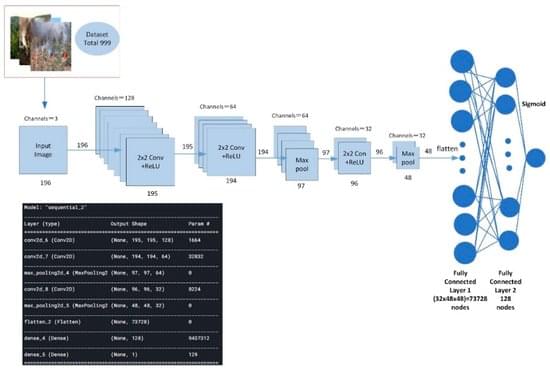The technique, called “universal transformer memory,” uses special neural networks to optimize LLMs to keep bits of information that matter and discard redundant details from their context.



I have liked kdnuggets for a while now. I used it for information on Tensorflow. This is cool though:
Neural networks are the building blocks behind every advanced AI system nowadays: from computer vision solutions to generative AI solutions and language models, most real-world solutions that involve some degree of AI have intricate neural network architectures at their core. But, what are neural networks and how do they perform surprisingly well in intelligently solving challenging tasks? To satisfy your curiosity at no cost, this post lists five resources to help you understand the mechanisms behind neural networks.
Here are five free resources in diverse formats and difficulty levels to acquaint with deep learning models at no cost.

Researchers at UCLA have developed a new AI model that can expertly analyze 3D medical images of diseases in a fraction of the time it would otherwise take a human clinical specialist.
The deep-learning framework, named SLIViT (SLice Integration by Vision Transformer), analyzes images from different imagery modalities, including retinal scans, ultrasound videos, CTs, MRIs, and others, identifying potential disease-risk biomarkers.
Dr. Eran Halperin, a computational medicine expert and professor at UCLA who led the study, said the model is highly accurate across a wide variety of diseases, outperforming many existing, disease-specific foundation models. It uses a novel pre-training and fine-tuning method that relies on large, accessible public data sets. As a result, Halperin believes that the model can be deployed—at relatively low costs—to identify different disease biomarkers, democratizing expert-level medical imaging analysis.

Neural networks are at the core of artificial intelligence (AI), fueling a variety of applications from spotting objects in photos to translating languages. In this article, we’ll dive into what neural networks are, how they work, and why they’re a big deal in our technology-driven world today.
Index · 1: Understanding the Basics ∘ 1.1: What are Neural Networks? ∘ 1.2: Types of Neural Networks
· 2: The Architecture of Neural Networks ∘ 2.1: The Structure of a Neuron ∘ 2.2: Layers ∘ 2.3: The Role of Layers in Learning.

A small team of AI researchers at Adobe Inc., working with a colleague from Auburn University and another from Georgia Tech, has developed a small language model (SLM) that they claim can be run locally on a smart phone with no access to the cloud. The group has written a paper describing their new app, which they call SlimLM, and have posted it to the arXiv preprint server.
As LLM technology continues to mature, researchers across the globe continue to find new ways to improve it. In this new effort, the research team has found a way to cut the cord for a specific type of AI application—processing documents locally.
As LLMs such as ChatGPT become more popular, users have become more worried about privacy. And it is not just individuals—companies large and small have adopted AI applications that assist with a variety of business processes, some of which require a high degree of privacy.

To reduce the loss induced by forest fires, it is very important to detect the forest fire smoke in real time so that early and timely warning can be issued. Machine vision and image processing technology is widely used for detecting forest fire smoke. However, most of the traditional image detection algorithms require manual extraction of image features and, thus, are not real-time. This paper evaluates the effectiveness of using the deep convolutional neural network to detect forest fire smoke in real time. Several target detection deep convolutional neural network algorithms evaluated include the EfficientDet (EfficientDet: Scalable and Efficient Object Detection), Faster R-CNN (Faster R-CNN: Towards Real-Time Object Detection with Region Proposal Networks), YOLOv3 (You Only Look Once V3), and SSD (Single Shot MultiBox Detector) advanced CNN (Convolutional Neural Networks) model.
Researchers can mass-produce these cyborg cockroaches for disaster relief, surveillance, and environmental monitoring.
Researchers from Singapore have developed a new machine to automatically turn cockroaches into cyborgs in 68 seconds flat.

Apple is reportedly developing a custom server processor to power its AI services. Codenamed “Project Baltra,” the initiative aims to bolster the AI capabilities integrated into Apple’s operating systems, with production expected to begin in 2026, according to The Information, which cites three unnamed sources familiar with the matter.
These sources indicate that Apple is partnering with semiconductor giant Broadcom for this endeavor. Apple now possesses a strong history and experience designing its own Arm-based silicon and already maintains an existing relationship with Broadcom in 5G component development.
While specific details remain scarce, it is speculated that Broadcom’s recent unveiling of its 3.5D eXtreme Dimension System in Package (3.5D XDSiP) technology could play a role in the project’s development.
